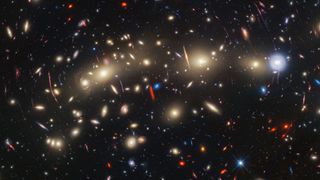galaxies
Latest about galaxies
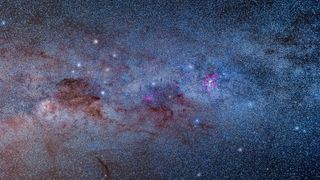
The Milky Way could be part of a much larger 'cosmic neighborhood' than we realized, challenging our understanding of the universe
By Harry Baker published
A probabilistic new map of the universe surrounding the Milky Way reveals that our galaxy is likely part of an even larger "basin of attraction" than we previously assumed.
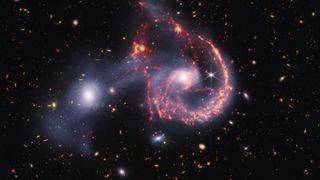
Space photo of the week: Entangled galaxies form cosmic smiley face in new James Webb telescope image
By Jamie Carter published
A new image from the James Webb Space Telescope shows Arp 107, home to two merging galaxies, with two bright cores and a "bridge" of dust and gas forming a cosmic smiley face.
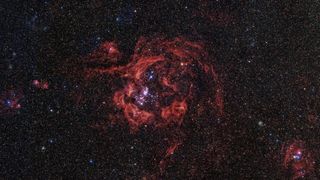
The Andromeda Galaxy glows rosy red in gorgeous new Hubble Telescope image
By Samantha Mathewson published
The Andromeda Galaxy, the Milky Way's closest galactic neighbor, glows brightly in a new Hubble Space Telescope image with swathes of ionized gas that fuel star formation.
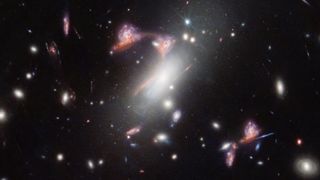
What??? James Webb telescope finds giant question mark in space
By Brandon Specktor published
Astronomers using the James Webb Space Telescope have discovered a pair of distant galaxies being twisted into a cosmic question mark thanks to a rare form of gravitational lensing.
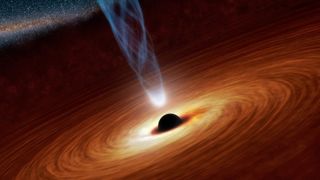
The James Webb telescope found hundreds of 'little red dots' in the ancient universe. We still don't know what they are.
By Fabio Pacucci published
These small galaxies are either crammed with stars or they host gigantic black holes. The data astronomers have collected continues to puzzle them.
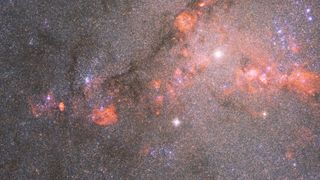
Star-packed Triangulum Galaxy shines in new Hubble Telescope image
By Samantha Mathewson published
The Triangulum Galaxy, the third-largest member of the Local Group of galaxies, is shining with star formation in a new image from the Hubble Space Telescope.
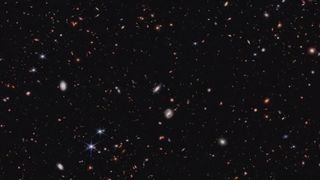
Early galaxies weren't mystifyingly massive after all, James Webb Space Telescope finds
By Charles Q. Choi published
'The bottom line is, there is no crisis in terms of the standard model of cosmology.
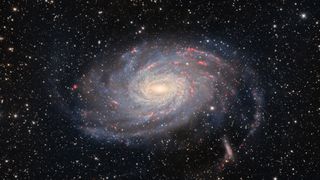
Space photo of the week: Milky Way's galactic twin captured by Dark Energy Camera
By Jamie Carter published
NGC 6744 is a spiral galaxy bigger than, but otherwise very similar to, our own. NASA has dubbed the large spiral galaxy the Milky Way’s ‘big brother’.
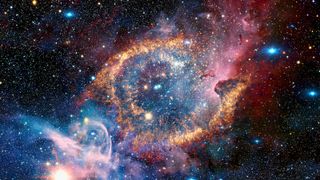
AI uncovers the universe's 'settings' with unprecedented precision, and it could help to resolve the Hubble tension
By Ben Turner published
The new AI system can estimate cosmological parameters with stunning precision, and it could help astronomers unpick one of the thorniest problems in the field.
Get the world’s most fascinating discoveries delivered straight to your inbox.


